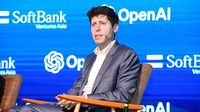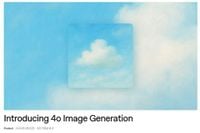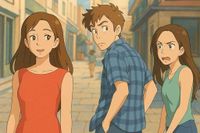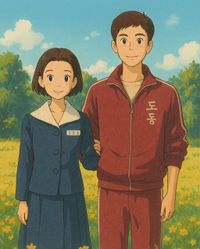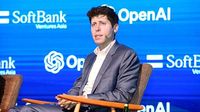Sam Altman, CEO of OpenAI, announced on March 31, 2025, that the new image generation function of 'ChatGPT', which was released on March 25, 2025, has been made available to free users. This feature, initially limited to paid subscribers, is now accessible to a broader audience, reflecting the immense popularity it garnered shortly after its launch.
The image generation function utilizes the large-scale language model 'GPT-4o', which is noted for its ability to understand and generate not just text, but also images and voice. The 'o' in GPT-4o signifies its omni capabilities, indicating a diverse range of processing abilities. Altman highlighted the initial surge in demand for this feature, stating that the company's GPUs (Graphics Processing Units) were under such strain that they were 'melting'.
While Altman initially proposed a limit of three images per day for free users to manage efficiency, reports from users testing the function indicated that they could generate more than the expected number of images. As of April 1, 2025, at 6:00 PM Japan time, users were able to output images beyond the stated limit, suggesting that OpenAI is still fine-tuning the access parameters.
The introduction of the image generation feature has sparked significant interest, particularly due to its ability to transform photos into styles reminiscent of the famed Japanese animation studio, Studio Ghibli. This has led to a viral trend on social media, where users share their Ghibli-style images, further amplifying ChatGPT's usage. In fact, ChatGPT recorded a record high of 1,252,925 daily active users in South Korea on February 27, 2025, fueled by this new capability.
Despite the excitement surrounding the feature, it has also raised concerns regarding copyright infringement and the potential for misuse. Critics worry that the ease with which AI can replicate artistic styles could undermine the work of original creators. OpenAI has acknowledged these concerns and stated that all images generated by ChatGPT will be tagged with metadata indicating their AI origins, allowing for some level of traceability.
Altman has also expressed worries about the technical implications of the surge in demand, stating that the current infrastructure may struggle to keep pace with user needs. He noted that as the functionality of AI continues to evolve, it not only stimulates creativity but also necessitates a serious approach to ethical considerations and the prevention of misuse.
Moreover, the rapid increase in ChatGPT's user base has been nothing short of astonishing. After just 26 months since its launch, the service reached its first million subscribers in a mere five days. Now, the platform is seeing an influx of users at a rate of one million every hour, a clear testament to the growing interest in AI-driven applications.
In addition to the Ghibli-style images, users are employing the image generation function for various creative outputs, including transforming their own photos and family pictures into unique artistic representations. The accessibility of such technology has sparked a trend where users are customizing their social media profiles with these AI-generated images, showcasing the capabilities of the GPT-4o model.
However, the rise of AI-generated content introduces potential risks. Reports have surfaced of individuals using the technology to create fake receipts and other misleading documents, raising alarms about the implications for fraud and misinformation. OpenAI has stated that it is actively working to mitigate these risks and will take action against users who violate its guidelines.
As the landscape of AI technology develops, industry experts are speculating about the long-term impacts on various sectors, including advertising, illustration, and even traditional art. Kim Seong-soo, a cultural critic, remarked that while AI-generated artwork was once criticized for lacking depth, it is now surpassing the quality of many human-made pieces. This shift raises questions about the future of creativity and the importance of intellectual property rights in an increasingly automated world.
Looking ahead, the implications of AI applications like ChatGPT are profound. Gartner forecasts that global generative AI spending will reach $64.4 billion in 2025, a staggering 76.4% increase from the previous year. This growth reflects the burgeoning interest in AI technologies and their potential to transform industries.
In the face of such rapid advancements, OpenAI and other tech companies are tasked with navigating the complexities of innovation while ensuring ethical standards are upheld. As more users gain access to tools that blur the lines between reality and digital creation, the conversation around responsible AI usage becomes increasingly critical.
In summary, the release of the image generation function for free users marks a significant milestone for OpenAI and its flagship product, ChatGPT. As users explore the creative possibilities offered by this technology, the accompanying ethical and practical considerations will undoubtedly shape the future of AI in everyday life.
